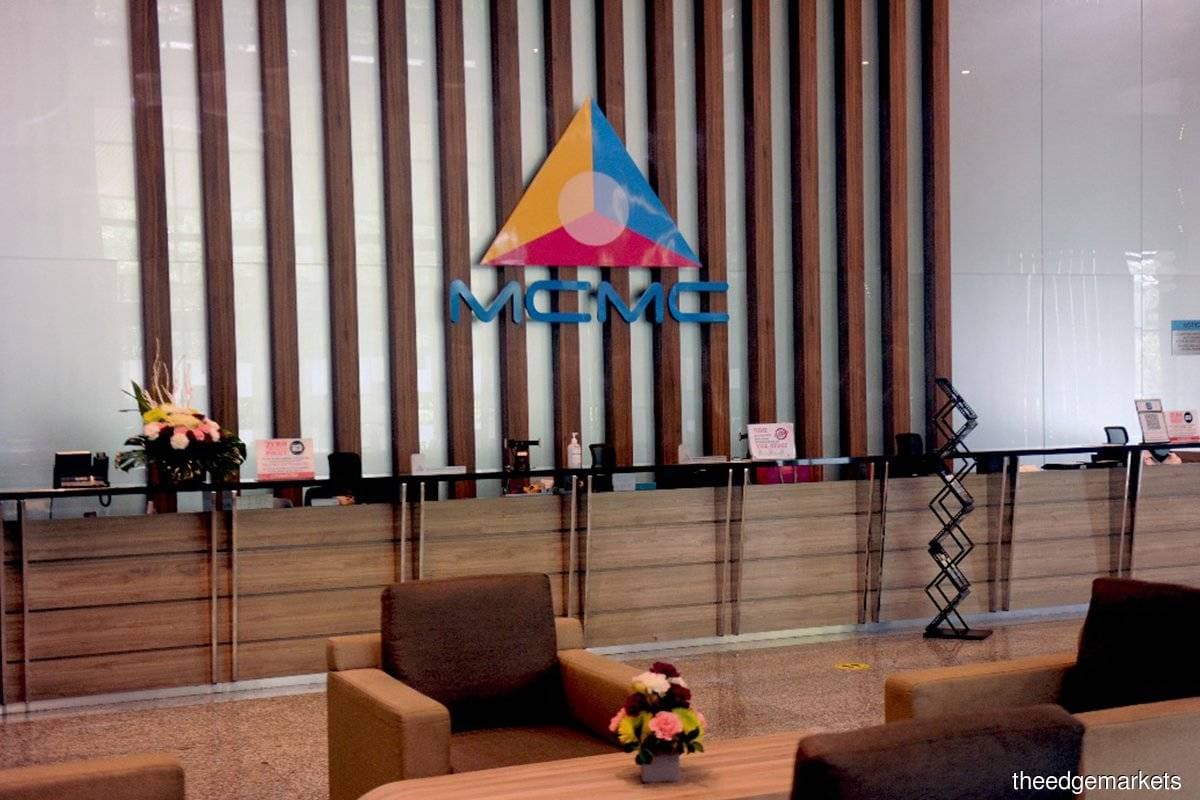
KUALA LUMPUR (Sept 19): Malaysia’s 5G network rollout has reached 27% as at the second quarter of this year (2Q22), but the Malaysian Communications and Multimedia Commission (MCMC) foresees challenges ahead at state-level rollouts due to red tape by local authorities.
“At the moment, there are rollout challenges. [As] Digital Nasional Bhd (DNB) [is] an operator, they are not [excluded] from facing these challenges,” said MCMC chief operation officer Datuk Mohd Ali Hanafiah Mohd Yunus in the quarterly update for Phase 1 of Jalinan Digital Negara (Jendela).
“The initial rollout in Klang Valley, Cyberjaya and Putrajaya might not be so much of a challenge, but now once they go down into the states, they are actually [facing] similar challenges that have been faced by all other telcos.
“Meaning dealing with local councils, with the states, they are [facing] bureaucracy issues, meeting the requirements of one-stop agencies and centres and so on. Whenever they need any assistance from MCMC, we will assist at state level,” he told reporters at the briefing on Monday (Sept 19).
Mohd Ali Hanafiah said although the rollout of 5G is progressing, there is still room for improvement, and MCMC is also working with DNB — the special-purpose entity tasked to roll out 5G in Malaysia — to begin implementing in-building coverage.
DNB has begun rolling out 5G network since 4Q21, and it aims to reach 37% population coverage by the end of this year.
“Progress is ongoing. There was a slight glitch at the beginning of the year, when there was shortage of materials that was affecting not only here [but also] throughout the world, and this is one of the things that DNB is addressing,” said Mohd Ali Hanafiah.
Jendela Phase 1 updates
Mohd Ali Hanafiah said as at 2Q22, 4G population coverage has reached 95.85% versus the Jendela Phase 1 target of 96.9% by the end of 2022, while premises passed has reached 7.2 million versus the 7.5 million target.
In terms of speed, he said average speed has reached 47.04 megabits per second (Mbps) as at 2Q22, surpassing the targeted 35Mbps.
“We are in sync towards the targets for Jendela Phase 1. We are quite confident that we can achieve these targets come 4Q22,” he said.
Jendela Phase 1 spans 2020 to 2022, while Phase 2 will begin from end-2022 to 2025. It is a project that lays out plans for private and public sectors to provide wider coverage and a better broadband quality experience for the people as the country moves to 5G technology.
Mohd Ali Hanafiah said MCMC is still fine-tuning the investment allocation required under Jendela Phase 2, and will likely reveal this in the next briefing for 3Q22 Jendela update.
“We will announce Phase 2 when the time comes. At the moment the focus is still at Phase 1, but soon, maybe when we announce 3Q22 results, then we may actually be ready to announce the allocation that we have put forth for Phase 2. There is still some fine-tuning that needs to be done,” he said.
Phase 1 of the project involves an investment of RM28 billion, up from RM20 billion when Jendela was first initiated.
Mohd Ali Hanafiah said 60% of the investment needed will be funded by the private sector while the government will fund the remaining 40% or RM11.2 billion via the Universal Service Provision (USP) fund, which is contributed by local telecommunication services providers annually.
“There will be areas that are uneconomical for telcos to come in, that is why we have the USP fund. It is a fund that is also contributed by the telcos themselves, so they contribute on a yearly basis, and this is where the government will utilise the fund and reach out to those areas which are uneconomical, to minimise the digital divide.
“Malaysia is not the only country that is doing this. There [are] many more countries throughout the world that [are] using this. Even the US is also having the same approach as well, so there will be a synergy between the government and telcos in providing coverage and services to the very rural and remote areas,” he explained.
According to the 2021 USP annual report, the fund size stood at RM10.65 billion as at end-2021, up from RM10.09 billion as at end-2020, RM9.4 billion as at end-2019, and RM9.3 billion as at end-2018.